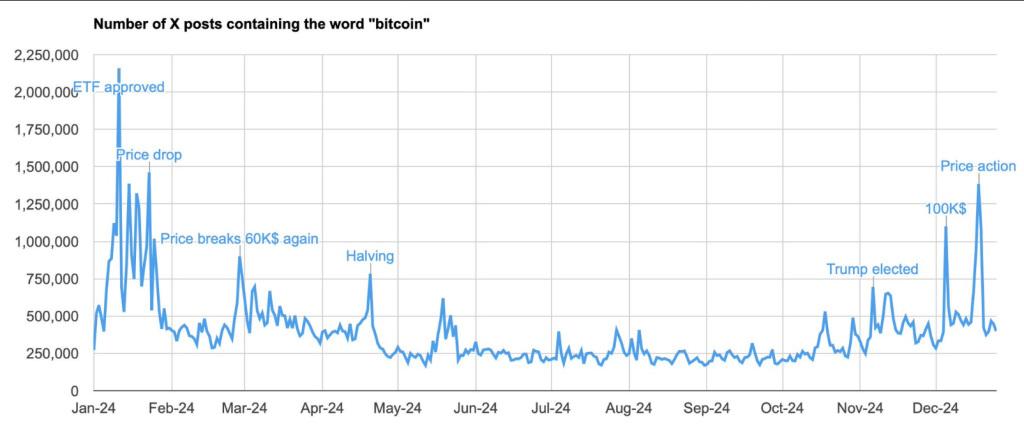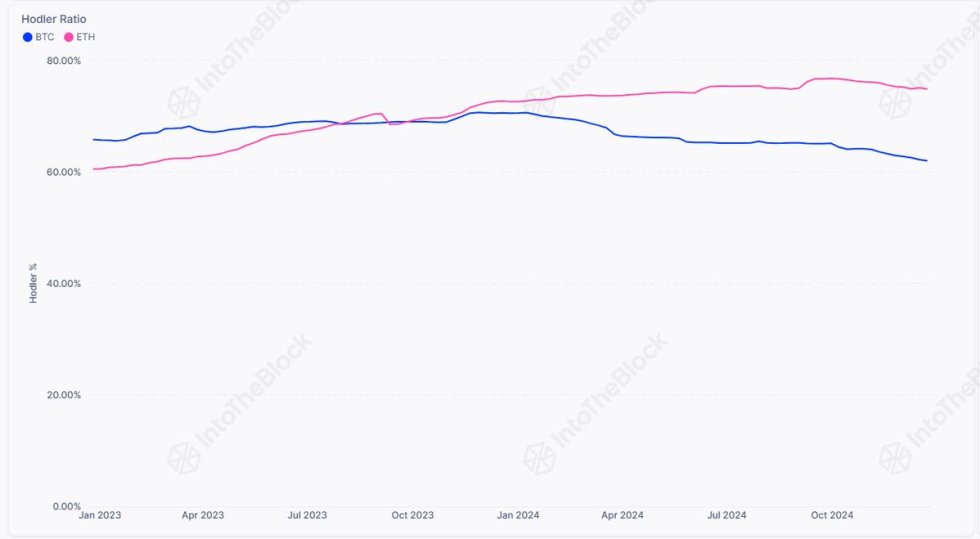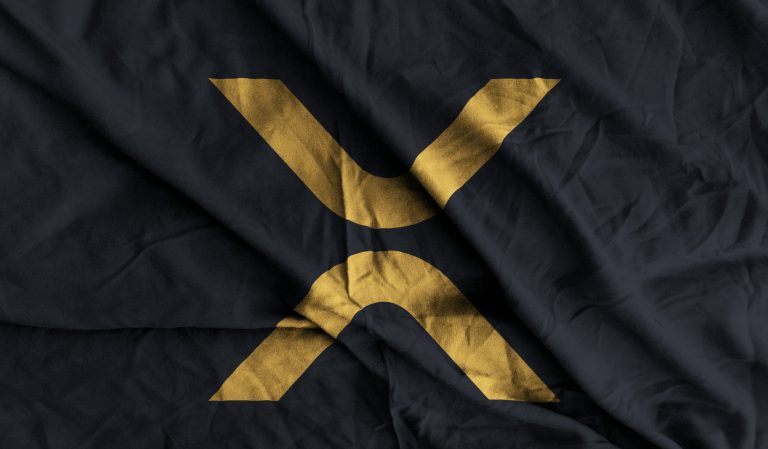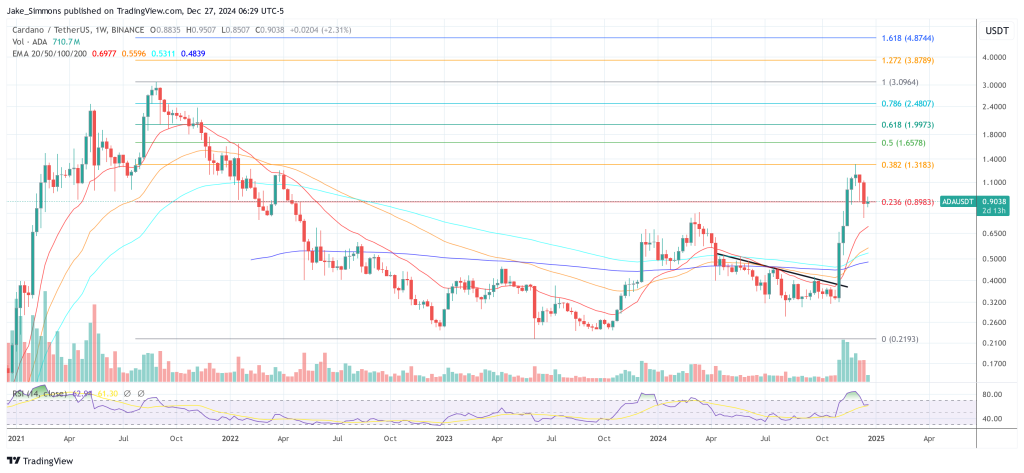In just a few hours, the Tezos blockchain will complete its fourth 2022 protocol upgrade, the twelfth in total. This upgrade, called Lima, brings several quality of life improvements as well as deeper changes, in the continuity of the previous upgrades. We give a quick review of these changes below.
Unlike what happens on most blockchains though (with exceptions such as Polkadot or Cardano), protocol upgrades on Tezos are on-chain and forkless. This means two things: first, anybody can propose a protocol amendment (in the form of code) which is then voted by Tezos validators. Second, after the votes are over, the upgrade is scheduled at a given block, after which the old protocol is no longer valid. Additionally, an invoice can be attached to a protocol update to compensate a developer through inflation.
Roughly speaking, a Tezos node is made of two parts: the protocol, which is the high-level part that validates blocks, interprets the transactions in the blocks, executes the smart contracts, etc, and the shell, which is responsible for more down to earth things like network communication or storage on disk. Of course, the shell can be updated separately, e.g. to patch security issues. Both the protocol and the shell are written in the OCaml programming language, a high-level and efficient functional language. Although it's a bit of a niche programming language, OCaml sits halfway between languages such as Go (used for the official Ethereum implementation), and the Haskell language used by Cardano, which is in general harder to write efficient programs with. Purists will probably resent me for writing this, though.
It has been a very intense year for the various core teams contributing to the Tezos protocol. Let's review the four updates quickly:
Ithaca (proposed on 01/18/2022), whose main innovation was the transition from a Nakamoto-like consensus algorithm towards the Byzantine Fault Tolerant (BFT) algorithm Tenderbake. Tenderbake is a variant of the Tendermint algorithm, most notably used in the Cosmos blockchain.
Although this upgrade was highly anticipated by the community, it was initially refused by the validators because of a (small but controversed) feature: a financial incentive for the liquidity providers of a XTZ/BTC DEX, which is baked into the protocol. Several important validators refused the update, which had to be amended and revoted. This is on-chain and decentralized governance for you!
Jakarta (04/16), the first milestone of the Tezos scaling strategy. First, the upgrade improved the security of Tezos “tickets”, which are an abstraction of the notion of tokens. On blockchains, tokens (such as stablecoins, NFTs…) are almost always coded in ledgers embedded in smart contracts, which can be manipulated or cheat their users (remember Squid Coin?). On the opposite, tickets are the user's property: once they're emitted, they cannot be manipulated by the contract without the user's consent. They're also the central economic feature of Tezos layer 2s, providing a standard for interoperability between Tezos and its rollups, sidechains, etc.
The second feature introduced by Jakarta are Transaction Optimistic RollUps (TORUs). Optimistic rollups are a layer 2 technique that allow to scale throughput by moving transactions' execution off-chain (from layer 1 to layer 2) to specialized nodes, but allowing to dispute the result on-chain for safety. Now, as their name suggests, TORUs don't execute smart contracts but only transactions. Smart contracts execution starts with…
Kathmandu (07/13), which brought the first Smart Contract Optimistic RollUps (SCORUs). Now, these are still in development, but can be activated on testnets. SCORUs are much more involved: indeed, as general computations can now happen inside the rollup, they are much harder to verify on the layer 1. The dispute resolution process, already implemented in Arbitrum and Optimism, is an interactive process that can be quite long and costly in gas.
However, the difference between Tezos SCORUs and Ethereum rollups is that SCORUs are enshrined, meaning that they are part of the protocol. This means that you can virtually write any VM you want, and then amend the protocol with the verification mechanism. The first VM available supports WebAssembly (WASM). A prototype for the EVM is also being developed. A side-effect of having enshrined rollups? This accrues the value of the XTZ coin instead of introducing a specific token.
Finally, Lima (proposed on 12/8) brings several improvements and bugfixes to SCORUs and make them closer to being usable in production. Interestingly, it also brings a few improvements to ZK-rollups as well as a first implementation of data-availability sharding (DAS), which is much simpler than execution sharding and will complement rollups scaling.
A more pratical feature also brought by Lima is the consensus key, which is a mechanism allowing a validator to use a designated key to sign consensus operations. This, in turns, allows to frequently rotate keys without having to change the validator's address - or compromise their funds. This improvement was proposed by two developers who are not part of any core team, and as such two invoices were included in the upgrade as well.
In conclusion, all these upgrades pave the way for the actual activation of rollups in the next protocol upgrade, Mumbai. Until then, Tezos developers are also looking for Rust developers interested in testing the WASM implementation.
Phew! What a year!
[link] [comments]

You can get bonuses upto $100 FREE BONUS when you:
💰 Install these recommended apps:
💲 SocialGood - 100% Crypto Back on Everyday Shopping
💲 xPortal - The DeFi For The Next Billion
💲 CryptoTab Browser - Lightweight, fast, and ready to mine!
💰 Register on these recommended exchanges:
🟡 Binance🟡 Bitfinex🟡 Bitmart🟡 Bittrex🟡 Bitget
🟡 CoinEx🟡 Crypto.com🟡 Gate.io🟡 Huobi🟡 Kucoin.




















Comments